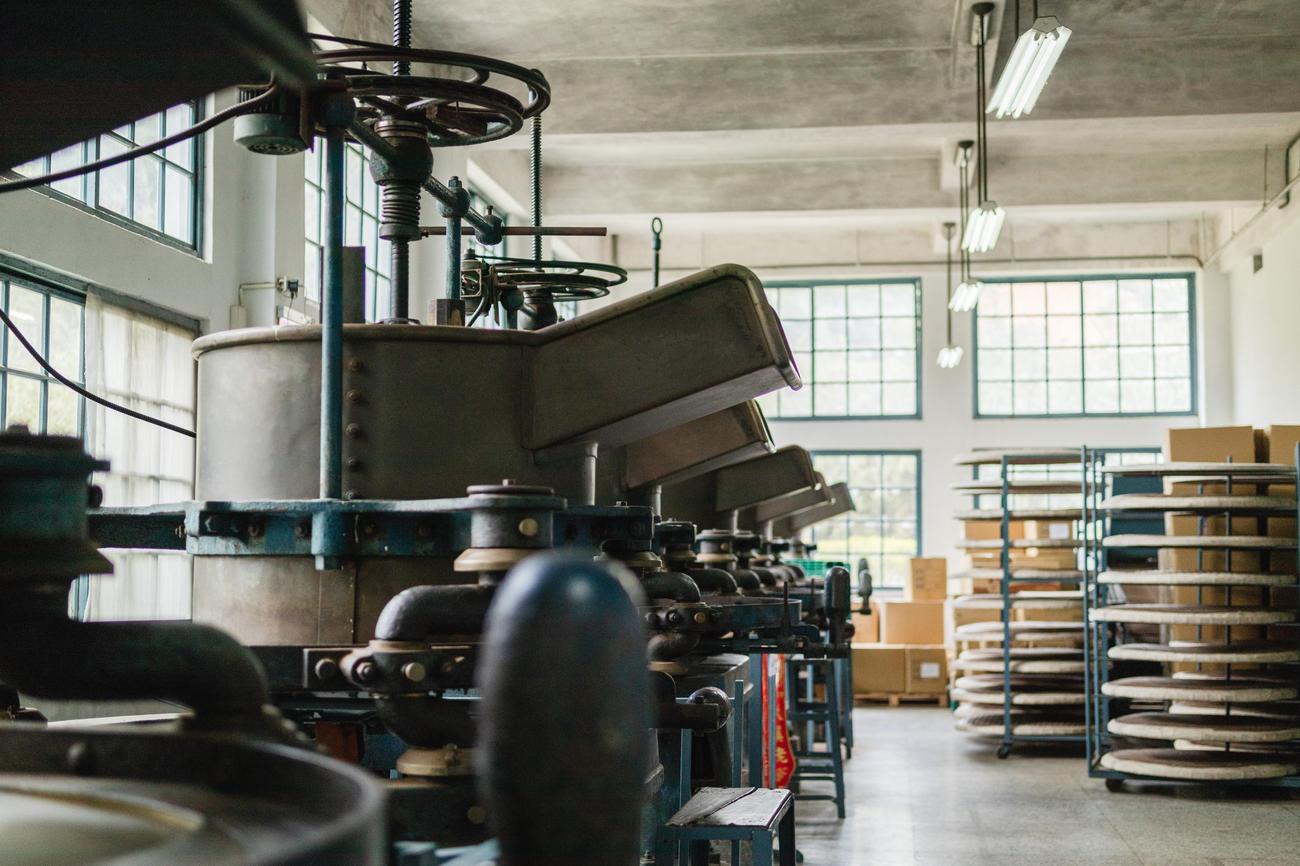Are you ready to dive into the world of aluminum manufacturing and discover the cutting-edge processes that are revolutionizing the industry? In this article, we will explore the exciting advancements that are boosting efficiency and sustainability in the production of aluminum. As an experienced mechanical engineer with a focus on aluminum manufacturing, I have witnessed firsthand the complexity and potential of this industry. From extracting raw materials to delivering the final product, every step requires precision and innovation. Join me on this exploration as we uncover the latest techniques and technologies that are shaping the future of aluminum manufacturing. Get ready to be amazed by the possibilities!

Aluminum Manufacturing Processes
In the world of manufacturing, aluminum stands out as a versatile and highly sought-after metal. From its extraction to the final product delivery, the aluminum manufacturing process involves a series of intricate procedures. In this article, we will explore the different stages of aluminum production and the significant advancements that have boosted efficiency and sustainability in the industry.
Extraction and Processing: From Bauxite to Alumina
The first step in the aluminum manufacturing process begins with the extraction of bauxite, an ore rich in aluminum. These bauxite deposits are mined from the ground and processed to extract alumina. Why alumina? Because it serves as the primary raw material for aluminum production.
To produce alumina, bauxite is crushed, mixed with caustic soda, and subjected to a process called the Bayer process. This process separates the alumina from impurities, leaving us with a valuable substance ready for the next stage.
Quote: The extraction and processing of bauxite into alumina are the crucial initial steps in the aluminum manufacturing process.
Electrolytic Reduction: From Alumina to Pure Aluminum
Once alumina is obtained, we move on to the production of pure aluminum. This is achieved through a process called electrolytic reduction, famously known as the Hall-Heroult process. In this process, alumina is dissolved in a molten cryolite electrolyte and subjected to an electric current.
As the current passes through the electrolyte, aluminum ions are attracted to the cathode, where they are reduced and deposited as pure aluminum. The byproduct of this process is carbon dioxide, which is released into the atmosphere. However, efforts to reduce carbon emissions during electrolysis are underway, with advancements in technology and energy-efficient practices.
Quote: The Hall-Heroult process is at the heart of aluminum production, converting alumina into pure aluminum through electrolytic reduction.
Aluminum Fabrication: Transforming Aluminum into Finished Products
Once pure aluminum is obtained, it undergoes a series of fabrication processes to shape it into a finished product. This stage of the aluminum manufacturing process involves various techniques, including welding, stamping, bending, extruding, and shearing.
Welding allows aluminum pieces to be joined together, while stamping, bending, and extruding enable the transformation of aluminum sheets or profiles into desired shapes. Shearing is used to cut aluminum into specific sizes. Each of these processes requires precision and expertise to ensure the production of high-quality aluminum products.
Quote: Aluminum fabrication plays a pivotal role in transforming raw aluminum into diverse finished products, catering to various industries’ needs.
Recycling Aluminum for Sustainability
In addition to primary production, the aluminum manufacturing process can also embrace secondary production through recycling. Recycling aluminum not only conserves resources but also significantly reduces energy consumption and carbon emissions associated with primary production.
By recycling scrap aluminum, the industry minimizes waste and extends the lifespan of this valuable metal. The recycled aluminum undergoes a similar process to primary aluminum, melting it down, and shaping it into usable forms.
Quote: Recycling aluminum is an essential aspect of sustainable production, reducing the demand for primary production and promoting environmental conservation.
Advancements in Aluminum Manufacturing
The aluminum manufacturing process has evolved over centuries, driven by technological advancements and a growing focus on efficiency and sustainability. Let’s delve into some of the key advancements that have revolutionized the industry:
- Innovative Heat Treatment Techniques: Heat treatment helps enhance the mechanical properties of aluminum, making it stronger and more durable. Advancements in heat treatment technology have led to improved product quality and performance.
- Casting and Extrusion Innovations: Casting methods have been refined to achieve higher precision and reduce defects in aluminum products. Extrusion techniques have also seen advancements, enabling the production of intricate and consistent shapes.
- Improved Energy Efficiency: Manufacturers now strive to optimize energy consumption in the aluminum manufacturing process. Energy-efficient technologies and practices have been adopted to reduce the industry’s carbon footprint.
- Sustainable Waste Management: Efforts are being made to tackle the environmental concerns associated with alumina production, particularly the disposal of bauxite residue. Sustainable solutions are being sought to manage and repurpose this byproduct effectively.
Quote: Advancements in aluminum manufacturing processes have paved the way for efficient production, high-quality products, and sustainable practices.
The Aluminum Industry’s Impact and Potential
The aluminum industry plays a vital role in various sectors, including transportation, construction, packaging, and renewable energy. Its light-weight yet sturdy nature, along with its excellent electrical and thermal conductivity, makes it indispensable in these fields.
Aluminum’s use in lightweight vehicles contributes to reduced fuel consumption, while in construction, it offers durability, corrosion resistance, and design flexibility. Additionally, aluminum’s recyclability and sustainability make it an attractive choice for packaging and renewable energy applications.
Quote: The aluminum industry’s contributions span across sectors, enabling progress and sustainability in transportation, construction, packaging, and renewable energy.
As we conclude our exploration of aluminum manufacturing processes, it is evident that advancements in this field have greatly boosted efficiency and sustainability. From bauxite extraction to the production of finished products, continued innovation and a focus on environmental conservation are driving the aluminum industry towards a more efficient and eco-friendly future.
Quote: With advancements in aluminum manufacturing, the industry is charting a path towards a greener and more sustainable tomorrow.
Aluminum, a versatile metal with a rich history and countless applications, has some truly fascinating facts associated with it. Did you know that aluminum is the most abundant metal in the Earth’s crust? It makes up about 8% of the planet’s surface! If you’re curious to learn more interesting facts about this remarkable element, click here: interesting facts about aluminum element. From its discovery in the 18th century to its uses in aerospace, construction, and packaging industries, delving into the world of aluminum will surely leave you amazed. Explore the wonders of this extraordinary element and discover the secrets hidden within its atomic structure.

FAQ
Q: What are the main stages involved in the aluminum manufacturing process?
A: The aluminum manufacturing process involves three main stages: the extraction of bauxites from the ground, the processing of bauxites into alumina, and the production of pure aluminum through electrolytic reduction.
Q: Can aluminum be made from recycled materials?
A: Yes, aluminum can be made from recycled scrap in a process called secondary production. This helps reduce the demand for primary production and promotes sustainable manufacturing practices.
Q: What is aluminum fabrication?
A: Aluminum fabrication is the process of shaping aluminum into a finished product. It involves various processes such as welding, stamping, bending, extruding, and shearing.
Q: Why is recycling aluminum important?
A: Recycling aluminum is essential for sustainable production. It not only reduces the demand for primary production but also helps reduce waste and conserve resources. Additionally, recycling aluminum consumes less energy compared to producing it from raw materials.
Q: How does the aluminum industry contribute to sustainability efforts?
A: The aluminum industry has made significant efforts to reduce its environmental impact and improve the efficiency of production processes. This includes recycling initiatives, waste reduction strategies, and the use of renewable energy sources. Additionally, research is being conducted to find sustainable solutions for byproducts like bauxite residue.
- Beyond the Beat: Unveiling Interesting Dance Facts from Around the World - July 26, 2024
- Unlocking Fleet Efficiency: Captivating Facts About FleetFinder - July 26, 2024
- Peel Back the Facts: The Unexpected Wonders of Banana Cleaner - July 26, 2024
















